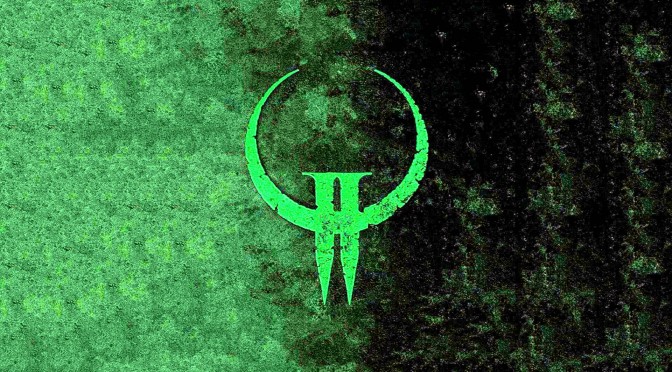Path tracing and ray tracing are two renderers that we strongly believe will benefit video-games in one or two decades. Yeah, we are talking about something that some people may never experience, however real-time pathtracing is capable of producing incredible reflections, shadows, and global illumination effects. And gamers can get an idea of what pathtracing is all about as Edd Biddulph has been working on a GPU pathtracer for Quake 2.
The downside of pathtracing is that it produces a lot of noise (at least for now). This occurs when a pixel isn’t sampled enough times to account for every possible light path that might affect it. The only way to reduce the noise side effect is by calculating more samples, and that has a pretty big impact on overall performance, especially since we’re talking about real-time rendering here.
Now I’m pretty sure that a lot will question this. Surely modern-day GPUs can handle something like that, right? Well actually no. The following pathtracing tech demo for Quake 2, a game that was released in 1997, stresses a modern-day GPU like the NVIDIA GeForce Titan XP. So yeah, don’t expect to see full raytracing renderers in the near future, let alone raytracing renderers that are not plagued by noise issues.
Still, this will give you an idea of what video-games will look like in the distant future. And to be honest, even Quake 2 looks stunning with this real-time pathtracing solution.
What’s also really cool here is that Edd Biddulph has made the source code of this GPU pathtracer available to everyone on GitHub. This means that you can download it, compile it, and test Quake 2 with it. For those not interested in such a thing, Edd has shared the following video showing this GPU pathtracer in action.
Enjoy!
John is the founder and Editor in Chief at DSOGaming. He is a PC gaming fan and highly supports the modding and indie communities. Before creating DSOGaming, John worked on numerous gaming websites. While he is a die-hard PC gamer, his gaming roots can be found on consoles. John loved – and still does – the 16-bit consoles, and considers SNES to be one of the best consoles. Still, the PC platform won him over consoles. That was mainly due to 3DFX and its iconic dedicated 3D accelerator graphics card, Voodoo 2. John has also written a higher degree thesis on the “The Evolution of PC graphics cards.”
Contact: Email

